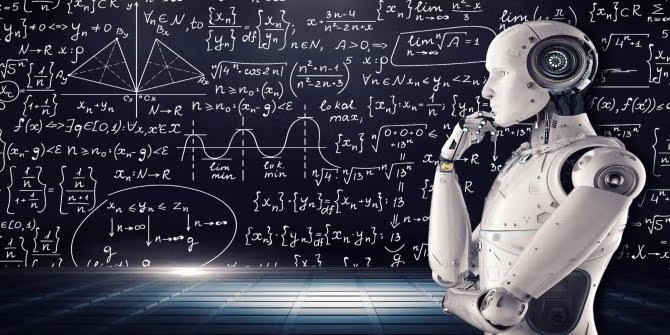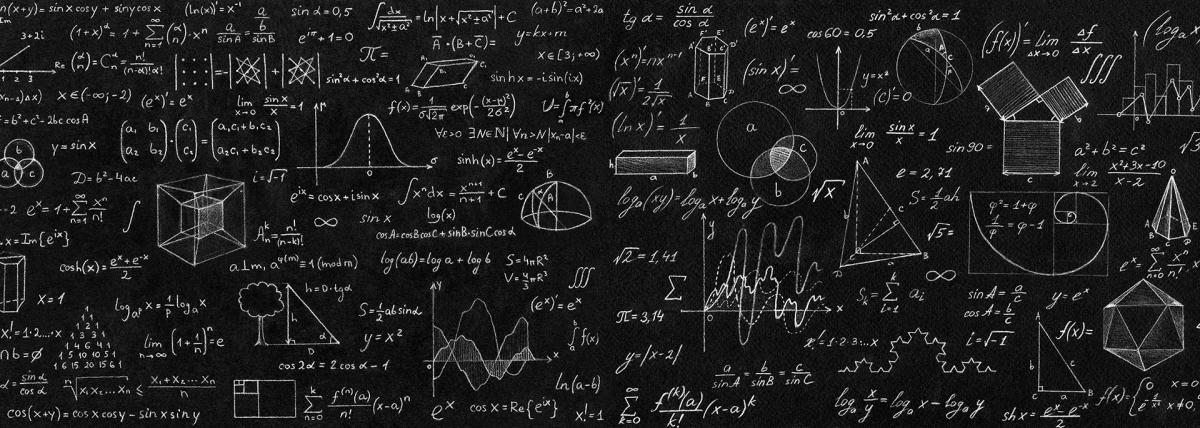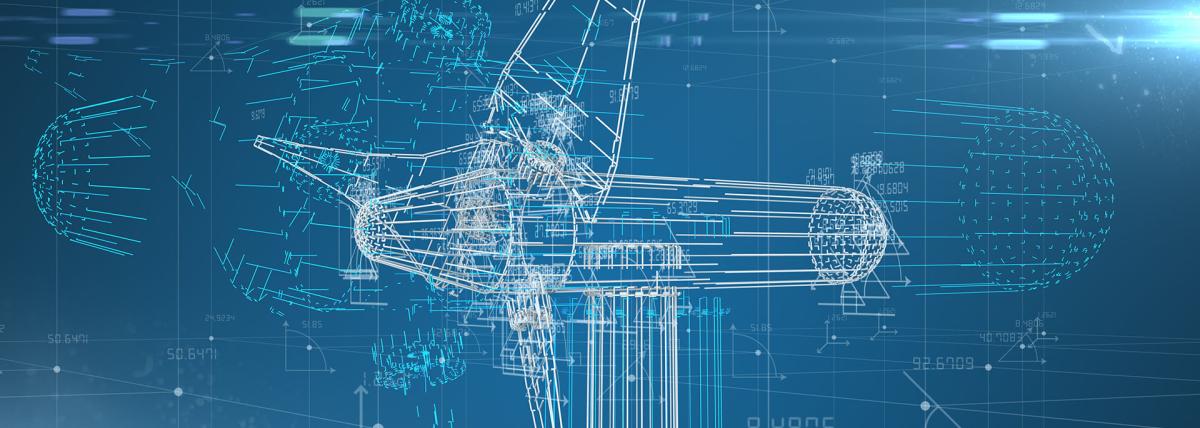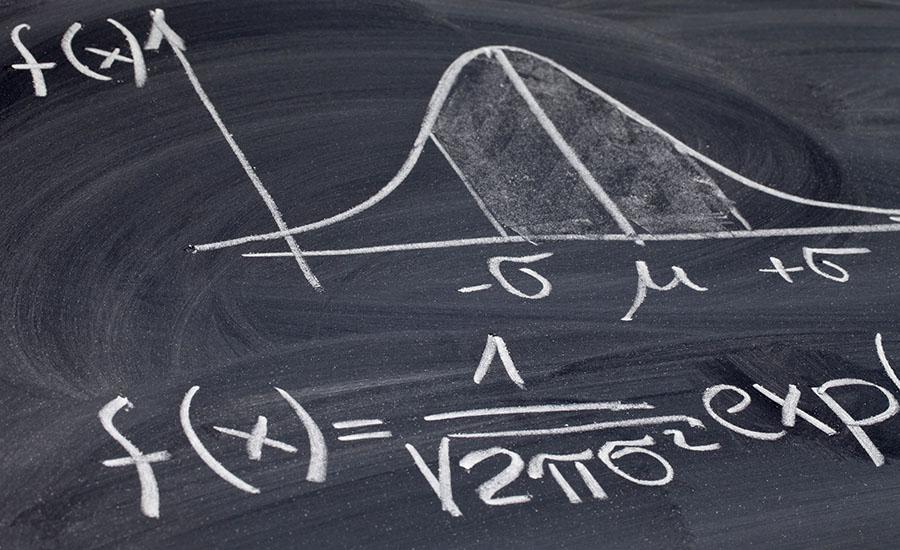
In this engaging lesson, students will research and design rhythm sticks. They will use them in music and PE class to exercise and create music with. This hands-on lesson incorporates multiple areas

Using Vernier motion sensor technology (not included) students will model their position vs time on Vernier Graphical Analysis.

Students will create an inclined plane using Pythagorean Theorem and will experiment with rolling objects and try to find a solution to reduce the speed through friction, or air resistance or weight.

In this lesson students will use the Engineering Design Process to build a zipline carrier that will take their passenger down the zipline in a given time period, adjusting and altering their design

The students design and test a catapult using simple materials like popsicle sticks and rubber bands. They learn about the history of catapults and also about the physical science concepts related to

Rad Roller Coasters Part 2 comes at the end of our paper roller coaster project. Students will collect data on their coaster and use that to calculate velocity, potential energy and kinetic energy

This engaging lesson is an introductory lesson regarding the size and scale of the Universe and objects within. This was designed for high school Astronomy but is easily useable with ages down through

Could Iron Man actually survive a superhero landing? In this lesson, students follow the engineering design process to create a "suit" for an egg to protect it from being dropped on the ground. They

For this lesson, students will build a Ferris Wheel using both technic pieces and bricks from the LEGO Spike Prime kit. They will work through the engineering design process, collect data and

This is a four-part lesson that will guide students in groups to create a trackless dark ride. A dark ride is a ride where engineers utilize characters, scenes, and music to tell a story to the rider

This is a four-part lesson that will guide students in groups to create a trackless dark ride. A dark ride is a ride where engineers utilize characters, scenes, and music to tell a story to the rider

This is a four-part lesson that will guide students in groups to create a trackless dark ride. A dark ride is a ride where engineers utilize characters, scenes, and music to tell a story to the rider

This is a four-part lesson that will guide students in groups to create a trackless dark ride. A dark ride is a ride where engineers utilize characters, scenes, and music to tell a story to the rider

This lesson gives a hands-on way of teaching the 2nd law of motion. Students are able to experiment with different objects with different masses to discover how mass affects force and acceleration.

This lesson is lesson 3 of 4 so it is designed to be used in conjunction with the two previous lessons. The students will continue using their newly acquired drone flying skills with both DroneBlocks

Engineers often create small-size models of a new product to test its design. This is especially true with airplanes. Model testing tells engineers how a design responds to different air conditions

Students will read the novel, "The Lion of Mars", design & launch paper rockets, and then design a sustainable Mars Colony inspired by the novel. This hands-on lesson is scheduled to take around 15

In this lesson, students will learn about projectile motion and the factors that affect it by designing and building a simple catapult. Through hands-on experimentation, students will investigate how

This lesson plan is designed to teach students about Newton's 3rd Law of Motion through hands-on experimentation. Students will build cars and test the effects of collisions to gain a deeper

In this lesson, students will create their own golden record that may travel throughout our solar system and beyond. The Golden Record acts as a time capsule and students collaborate which popular

Notes Prerequisites: This lesson requires prior experience with Edison Robots. Context: This lesson can be taught to a single class or used in an after-school coding/robotics club. Students should be





